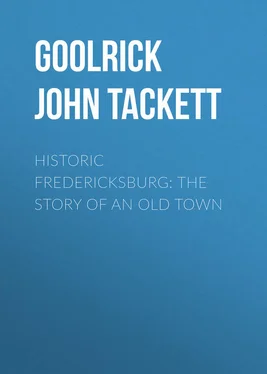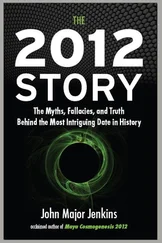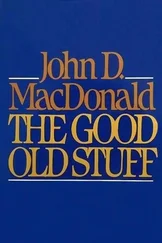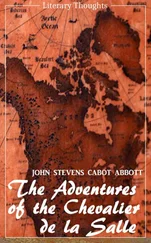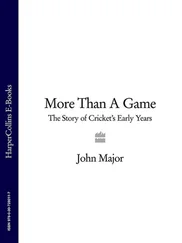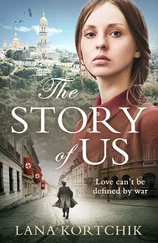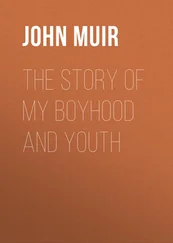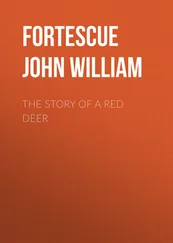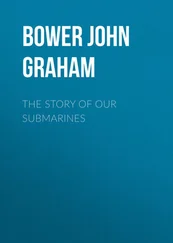John Goolrick - Historic Fredericksburg - The Story of an Old Town
Здесь есть возможность читать онлайн «John Goolrick - Historic Fredericksburg - The Story of an Old Town» — ознакомительный отрывок электронной книги совершенно бесплатно, а после прочтения отрывка купить полную версию. В некоторых случаях можно слушать аудио, скачать через торрент в формате fb2 и присутствует краткое содержание. Жанр: История, foreign_antique, foreign_prose, на английском языке. Описание произведения, (предисловие) а так же отзывы посетителей доступны на портале библиотеки ЛибКат.
- Название:Historic Fredericksburg: The Story of an Old Town
- Автор:
- Жанр:
- Год:неизвестен
- ISBN:нет данных
- Рейтинг книги:3 / 5. Голосов: 1
-
Избранное:Добавить в избранное
- Отзывы:
-
Ваша оценка:
- 60
- 1
- 2
- 3
- 4
- 5
Historic Fredericksburg: The Story of an Old Town: краткое содержание, описание и аннотация
Предлагаем к чтению аннотацию, описание, краткое содержание или предисловие (зависит от того, что написал сам автор книги «Historic Fredericksburg: The Story of an Old Town»). Если вы не нашли необходимую информацию о книге — напишите в комментариях, мы постараемся отыскать её.
Historic Fredericksburg: The Story of an Old Town — читать онлайн ознакомительный отрывок
Ниже представлен текст книги, разбитый по страницам. Система сохранения места последней прочитанной страницы, позволяет с удобством читать онлайн бесплатно книгу «Historic Fredericksburg: The Story of an Old Town», без необходимости каждый раз заново искать на чём Вы остановились. Поставьте закладку, и сможете в любой момент перейти на страницу, на которой закончили чтение.
Интервал:
Закладка:
While the townspeople did not enjoy life quite so lavishly as their plantation neighbors, they were not far behind; entertaining frequently and hospitably and mingling freely with the people from the country.
But though it was a gay and carefree day, the times were not without their troubles. In 1822 the town was again visited by fire, this time originating at the site of the present Brent’s store, at Main and George streets, destroying the entire business block encompassed between Main and Princess Anne and George and Hanover streets. Recovery from this fire was rapid. The merchants were financially substantial and quickly rebuilt the burned area.
As early as 1822, Fredericksburg was an important postal point, the mail for five states being assorted and distributed in the city and sent thence to its final destination. The conduct of Postmaster General Meigs in regard to increasing the compensation of carriers on the Fredericksburg route without authorization from Congress, was the subject of an investigation by that body, but he was exonerated when it was explained that the increase was necessary because the mail had become so heavy that carriers were no longer able to handle it on horse back, being compelled to use surries, an added expense to them which justified the additional pay.
James Monroe, a former resident, lawyer and councilman of Fredericksburg, was at that time President of the United States, and though the town doubtless was a naturally important postal distribution, it may have been that the President’s influence had some bearing-on the selection of the place which had given him his political start.
For the next decade, the trade and commercial life of the town increased. The merchants and manufacturers – by this time several large industries of this character being in operation – were busy and prosperous and had begun to grow either wealthy, measured in the standards of the time, or were in very comfortable circumstances, while the citizenry, generally, was prosperous and free from want. The town was compactly built, many of its structures now being of brick, and was regularly laid out. The public buildings consisted of a courthouse, market house, clerks office, the Episcopal Orphan Asylum, the Episcopal, Presbyterian, Methodist, Baptist and Reform Baptist Church. It had two banks, one female and one male academy of the higher class; a water system supplied through pipes from Poplar Spring. And the upper river canal was being built, a public enterprise from which great results were expected and which was to extend about forty miles up the Rappahannock. Gold was being mined in considerable quantities in upper Spotsylvania and lower Culpeper counties and brought to Fredericksburg in exchange for goods, and a generally thriving trade was being done, chiefly in grain, bacon, tobacco and other farm products for export. One writer has computed the city’s annual exports at that time as averaging four million dollars, and Government statistics show that there were in the town in 1840, seventy-three stores, two tanneries, one grist mill, two printing plants, four semi-weekly newspapers, five academies with 256 students, and seven schools with 165 scholars. The population in that year was 3,974. Ten years previous it had been 3,308, divided as follows: whites, 1,797; slaves, 1,124; free blacks, 387.
From 1840 until the middle fifties, prosperity was continued. The canal was completed and had brought about an increased business at a lower cost. A railroad was in operation from Richmond through Fredericksburg to Aquia Creek, and steamboats had to some extent taken the place of sailing vessels as a means of water transportation, meaning quicker trips with greater burdens. In 1851 the legislature passed an act empowering the town to extend its limits, which was done according to a survey made by William Slaughter, and though that was more than seventy years ago, and though the population has since more than doubled, overflowing the limits and encroaching on the adjoining county, the limits have not again been enlarged.
In 1855 Fredericksburg’s trade had ceased to grow at a rate equal to its average yearly increase for the previous twenty years, a condition for which the business men of that day were not altogether responsible, but which rather was brought about by the new commercial era the country and world was just entering – the era of railroad transportation, which quickly and cheaply, in comparison to past charges, carried the staples of the farm to the ports of the sea where waiting vessels stood ready to spread their sable sails on voyages to foreign markets. This era created the importance of the seaport and spelled the doom, as important shipping points, of the tidewater cities – those which had been located at the point where mountain torrent and still water meet in order to get both the advantage of power production and trade routes.
It is true that the business men of the city made the serious mistake about this period of building a plank road into one portion of the upper country from which they derived much trade, instead of building a railroad, for just a little later transportation by wagon train for export purposes had nearly entirely given away to transportation by rail, and Fredericksburg was utterly without such connection with its greatest field of trade, which soon was largely converted into other channels by the railroads now beginning to practically surround the town at a distance of approximately forty miles to the west. The single railroad passing through Fredericksburg had no coast terminal. Throughout its short length it paralleled the coast, offering no means of shipping for export, which comprised most of the business of the day. The plantation owners of the upper country who had dealt nearly entirely in Fredericksburg, now found it cheaper to haul to the railroad passing through their country and soon Fredericksburg was belted by little towns to the west. When later the P. F. & P. R. R. was built to Orange, it did not save the situation and except for lumber and ties, a trade it still largely enjoys, it has never hauled much to Fredericksburg for export, though it did help the city considerably in the matter of retail business.
Trade, however, had not ceased entirely to grow, nor the town to increase. In 1860 its population was nearly 5,000 persons, its business men still were active and prosperous and, but for the Civil war which was to come, they doubtless would have found a way out of the commercial difficulty confronting them and a different history of the town from that time forward might have been written.
But over the course of a few years preceding this date, the community was troubled and torn by political strife and moral dissention. Black and ominous on the horizon of men’s thoughts loomed the slave question, perplexing the country’s leaders and giving threats of the red carnage that was to follow. A carnage that cost millions in men and money, caused unreckoned anguish and suffering, and retarded the growth of the South to such an extent that at the end of the following fifty years it had only just begun to emerge from the black shadow cast over it by the war.
By the end of the fifty’s, trade had almost ceased, a spirit of patriotism for the Southland superseded that of commercial enterprise, the quietness of the soft old Colonial town was broken by wild public meetings; soon the call of a bugle floated softly across the still air and the heavy monotonous tread of feet sounded against the ground in unison to the beating of drums, and though the citizens had been loyal to the Union, sending by nearly a two-thirds majority a Union man to the State convention, they made ready for the inevitable conflict, and when the flame of war burst on the country like a flaring torch, they threw in their lots with the land of their nativity and bravely shouldering their arms, marched away from their homes to a fate that would bring them death or sorrow, and reduce their land to a shambles. The story of the Civil war as it effected this town is told in other chapters which follow this.
Читать дальшеИнтервал:
Закладка:
Похожие книги на «Historic Fredericksburg: The Story of an Old Town»
Представляем Вашему вниманию похожие книги на «Historic Fredericksburg: The Story of an Old Town» списком для выбора. Мы отобрали схожую по названию и смыслу литературу в надежде предоставить читателям больше вариантов отыскать новые, интересные, ещё непрочитанные произведения.
Обсуждение, отзывы о книге «Historic Fredericksburg: The Story of an Old Town» и просто собственные мнения читателей. Оставьте ваши комментарии, напишите, что Вы думаете о произведении, его смысле или главных героях. Укажите что конкретно понравилось, а что нет, и почему Вы так считаете.
